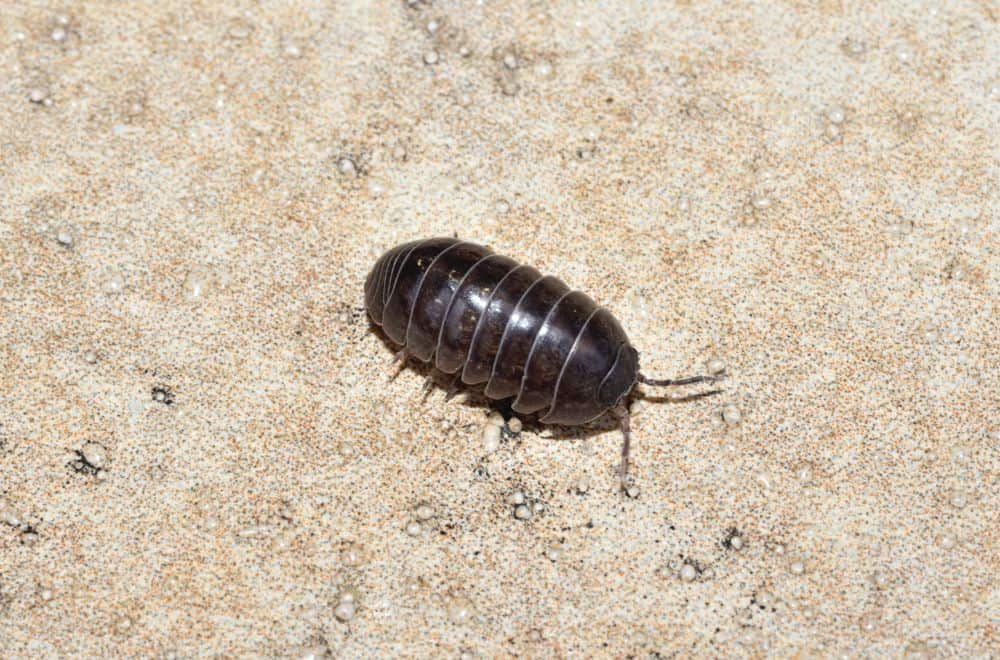Texas is a big state, and unsurprisingly it has more than its fair share of bugs that like to invade our homes – and if you want to know about some of the most common, here’s our guide to house bugs in Texas.
House Bugs in Texas
1. Termites

Termites are pale insects that look a little like ants and are known as “silent destroyers”. They are every homeowner’s nightmare since they burrow into wood, causing serious damage before you’re even aware of it.
Tell-tale signs include mud tunnels, termite poop, bubbling wallpaper and hard-to-close doors or windows. If you find termites in your home, you should call in the pros ASAP to deal with the infestation.
2. Ants

Everyone knows what ants look like, and several types are present in Texas.
Carpenter ants are attracted to moist or rotting wood and use it to build their nests, although they don’t eat it and aren’t as destructive as termites.
Fire ants are red and can give you a painful bite, while sugar ants are tiny ants that invade homes in search of sweet morsels, hence the name.
Argentine ants are known to create huge colonies and can become an annoying pest, although they’re not dangerous. You can spot them by their shiny black or brown color.
Crazy ants are also present in Texas and, like Argentine ants, create huge colonies that are hard to control. They are so named due to their erratic movements that don’t seem to have any purpose.
3. Bed bugs
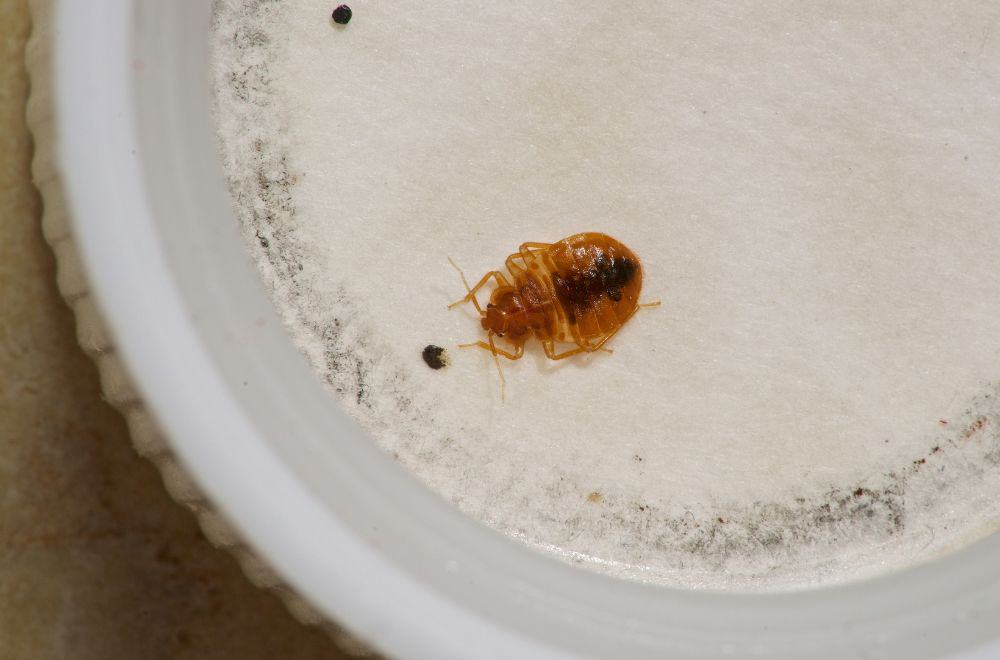
Bed bugs are common in Texas and can be identified as flat, round-bodied insects of up to a quarter of an inch in length.
By day, they hide out inside mattresses, behind headboards and in any other nooks and crannies they can find. They then emerge at night to feed on our blood as we sleep, which is how they get their name.
They arrive by stowing away in clothes or on luggage and can be picked up when staying in infested hotels.
They are difficult to get rid of, but although highly irritating, they aren’t considered dangerous.
4. Silverfish
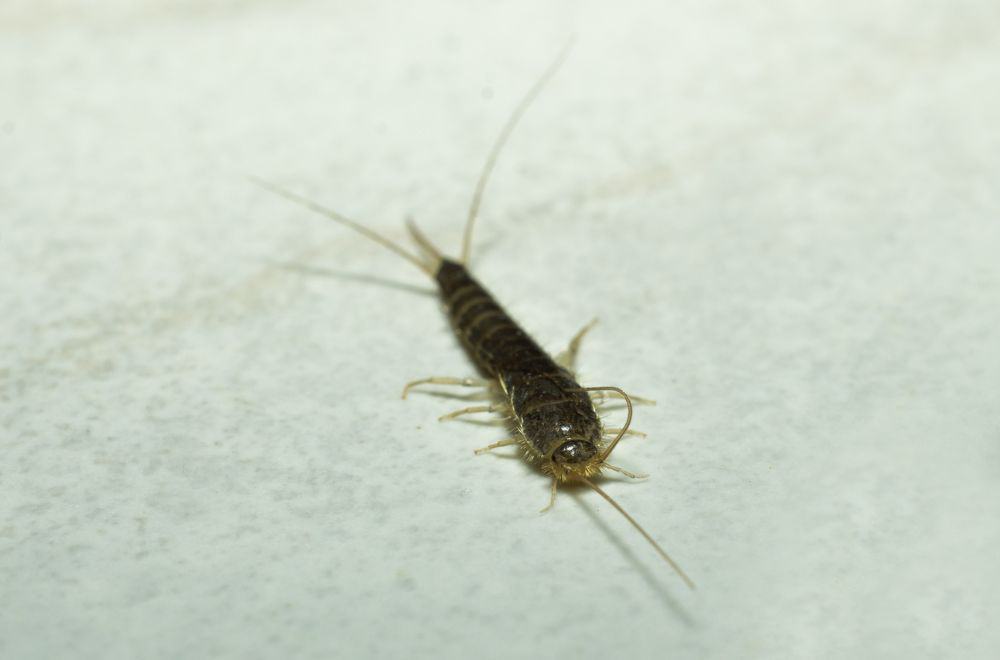
Silverfish are primitive insects that are practically living fossils.
They have silvery-gray elongated bodies and feed on anything containing starch. They can gnaw through things like books along with organic detritus, including hair and flakes of human skin.
The best way to prevent them from moving into your home is making sure you keep your house clean and vacuum frequently to remove all sources of food.
5. Cockroaches
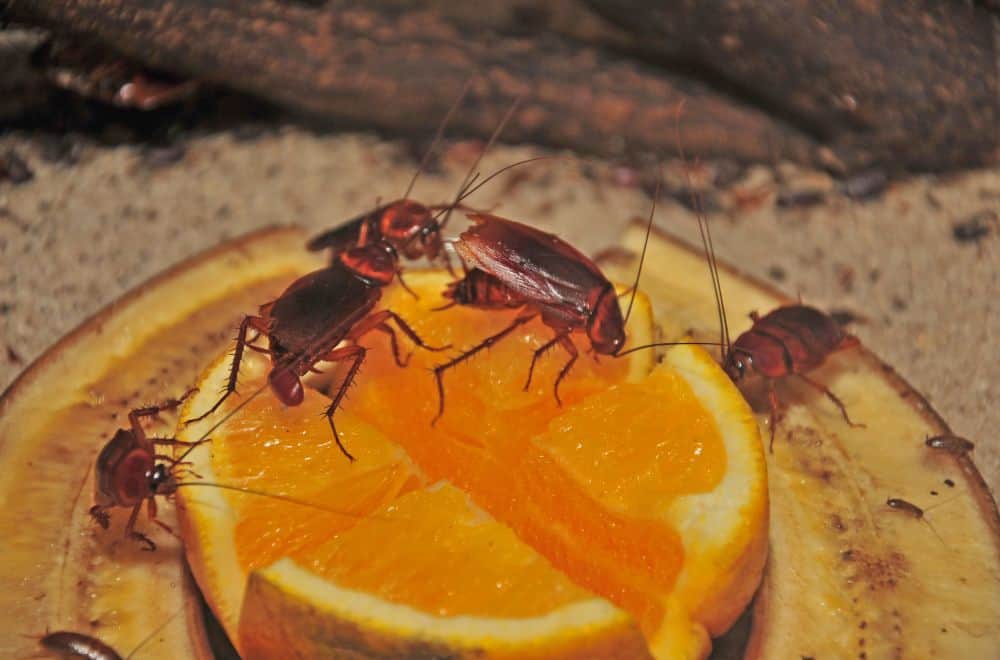
Roaches barely need any introduction, and in Texas, you may meet both American cockroaches and oriental cockroaches.
Both species are attracted to moist, dark areas with plenty of food – which, for a roach, is almost anything.
Prevent infestations by clearing up drink spills, cookie crumbs and anything else they can eat.
The best way to deal with an infestation is to use roach bait, which they will take back to the nest, killing themselves and all the others in the process.
6. Spiders
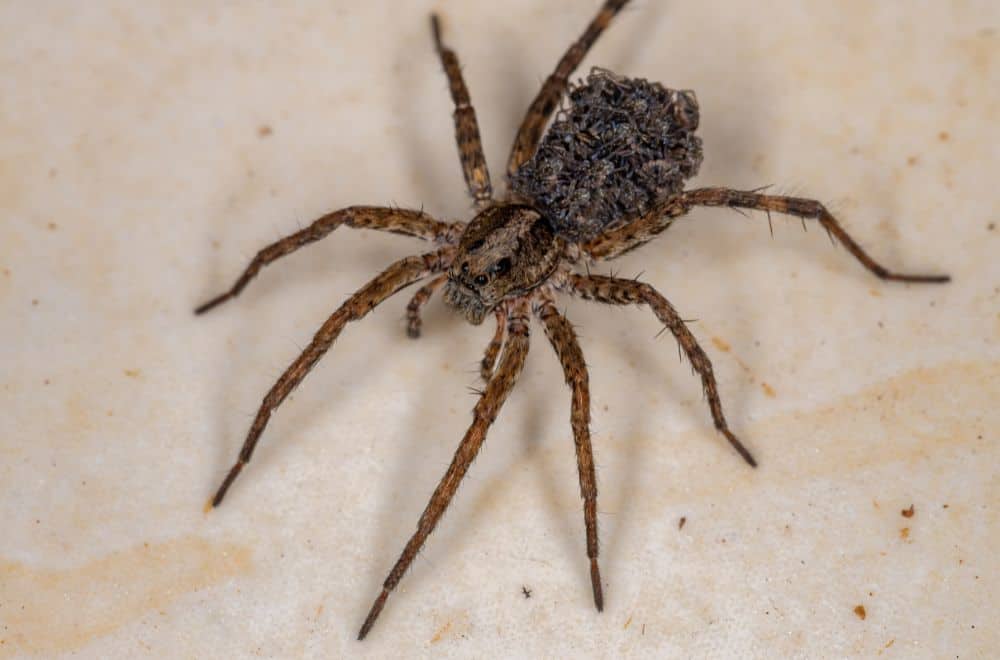
Just like cockroaches, everyone knows what a spider looks like – but there are three that are worth being aware of if you live in Texas.
The first is the notorious black widow, a small black spider with a bulbous body and a distinctive red hourglass-shaped marking underneath.
If you see one, you should treat it with care – although there haven’t been any fatalities associated with these spiders in the US for many years, they are considered the most venomous spider in North America.
Another venomous spider to watch out for is the brown recluse. These small brown spiders prefer to keep hidden, but if you surprise one in a pile of clothes or underneath your bedsheets, they may bite in self-defense – and their venom is potentially dangerous.
Finally, there are wolf spiders, around one to two inches in length with hairy bodies and prominent fangs. They are often mistaken for tarantulas and have a fairly terrifying appearance.
However, although they are venomous and can give you a painful bite, they aren’t considered dangerous.
7. Centipedes
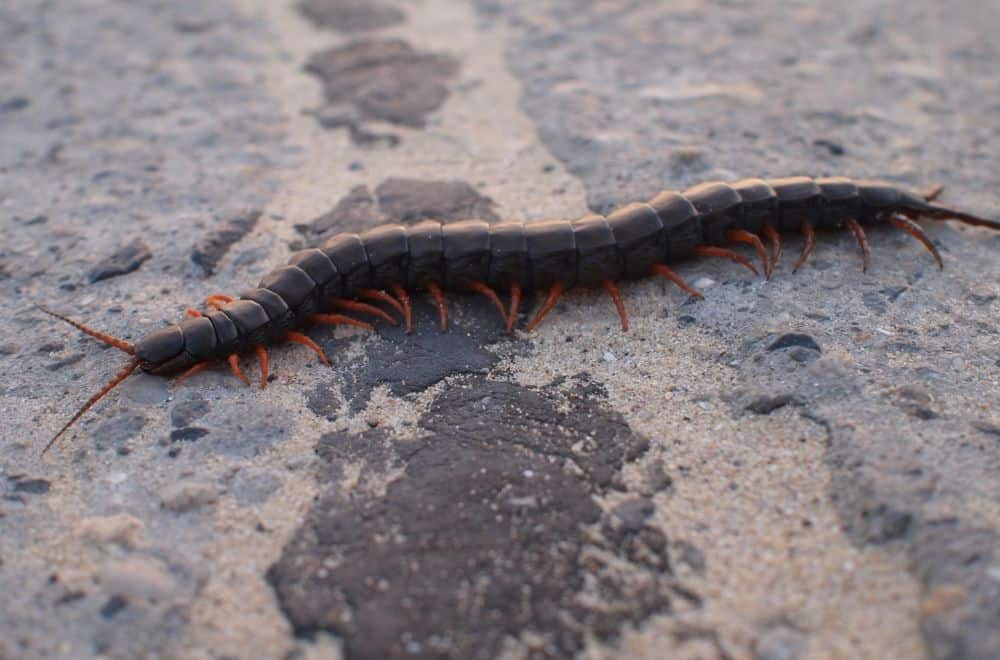
Centipedes are predatory bugs with many legs on either side of their long, flat bodies.
Some centipedes have incredibly painful stings, but the good news is that the house centipedes you are most likely to encounter in Texas are far less dangerous. They can sting, but it will hurt less than a bee sting
The much larger Texas redhead centipede is another matter though. Also known as the giant desert centipede and known to science as Scolopendra heros, this centipede has one of the most painful stings in the animal kingdom and should be treated with care and respect.
At around 6.5 inches in length and with either a red head and black body or vice versa, this is a bug you really don’t want to bite you.
8. Millipedes
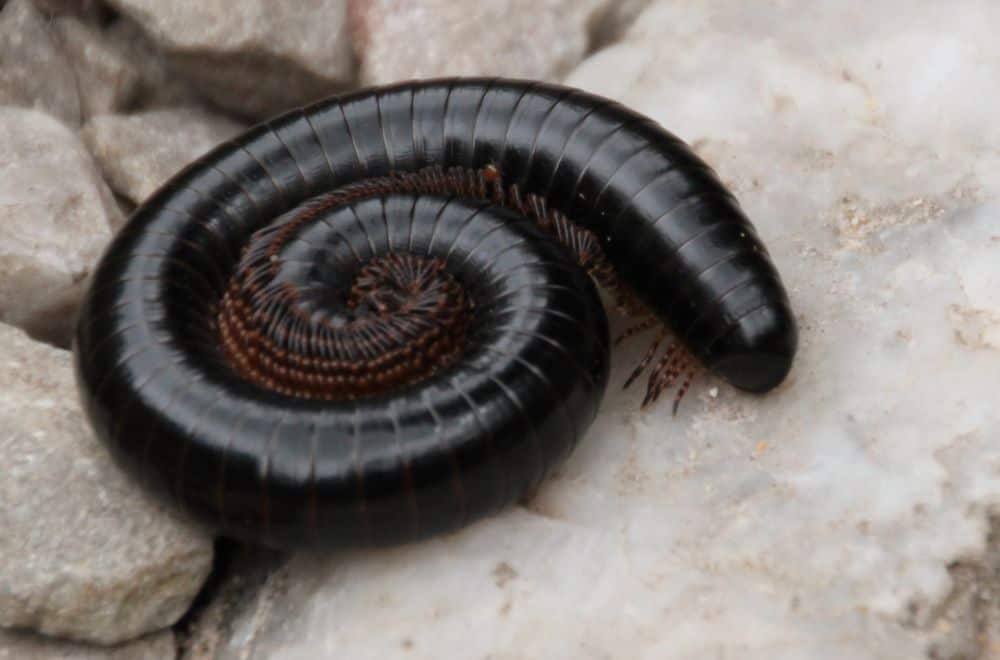
Millipedes are another common bug you may encounter in Texas, but unlike centipedes, these many-legged bugs are harmless.
You can tell them apart from centipedes by their rounded bodies and the fact that their legs are situated underneath rather than to the sides. Their legs move in a kind of wave-like pattern when they walk, and they are much slower than centipedes.
9. Carpet beetles
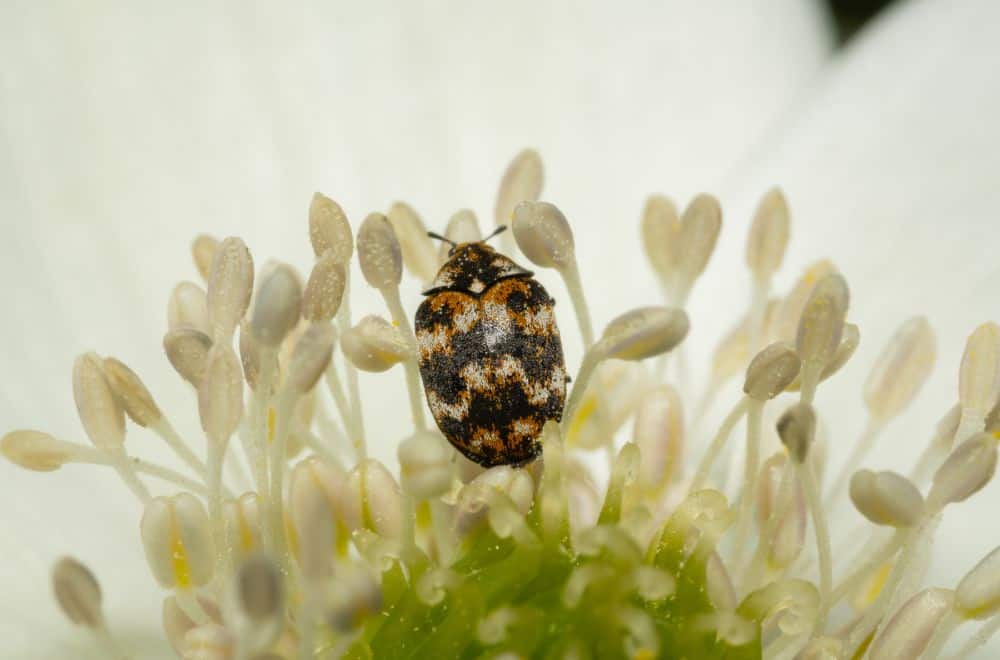
Carpet beetles, especially black carpet beetles, are destructive bugs of around 0.12 to 0.2 inches in length and are very common in Texas, especially in spring.
The beetles themselves feed on organic matter, but the problem is their larvae.
When the larvae hatch, they attack any food they can find with a voracious appetite – and they will eat anything like wool or silk along with semi-natural materials such as carpet.
As a result, they are considered one of Texas’ most destructive bugs, and if you find them in your home, you should get rid of them all as quickly as possible.
10. Cigarette beetles
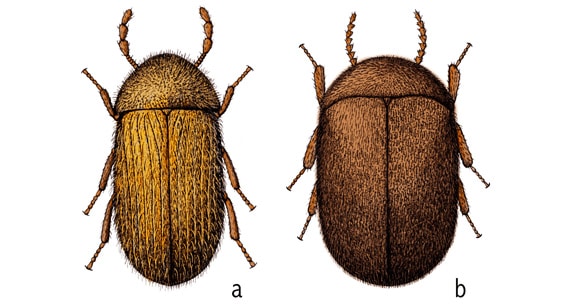
Image Credit: citybugs.tamu
Cigarette beetles are another species you might encounter in Texas. They look similar to carpet beetles but are brown in color.
They take their name from the fact that they eat dried tobacco, but they will also eat cereal, corn starch, flour, powdered milk, dried pasta, crackers, bread, dried nuts, fruit, spices, candy, birdseed, dry pet food and even furniture upholstery.
This makes them a considerable pest, but you can guard against these critters and others like them by ensuring you store all your food in sealed plastic containers.
11. Pantry moths
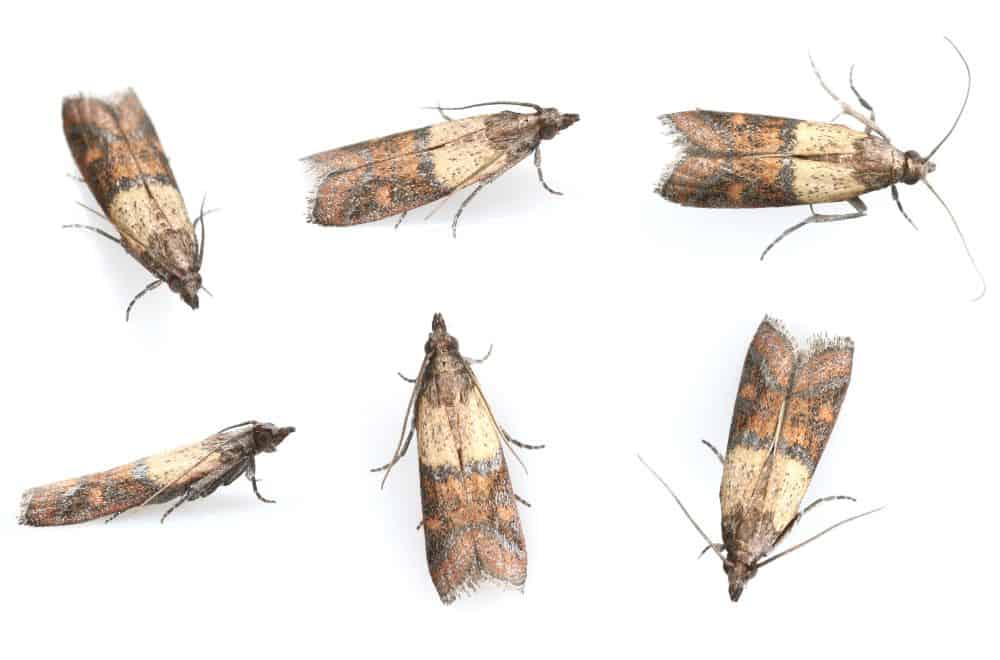
Pantry moths are another kind of bug that will eat your food, especially in the larval form.
Technically, “pantry moth” refers to the Indianmeal moth, but people also use this term to talk about several other types of small moth that infest pantries – and the way you should treat them all is the same.
To prevent an infestation from happening, you should keep all your food stored in plastic or glass containers.
However, if they manage to infest your food supplies, perhaps having arrived with something you bought from the store, you will have to throw out all of the infected food and disinfect the pantry with a water and vinegar mixture to be sure they are all gone.
You may spot the moths themselves, but you may also notice the webs the larvae spin before they metamorphose into moths – along with their feces, egg casings and even the caterpillar-like larvae themselves.
12. Fruit flies
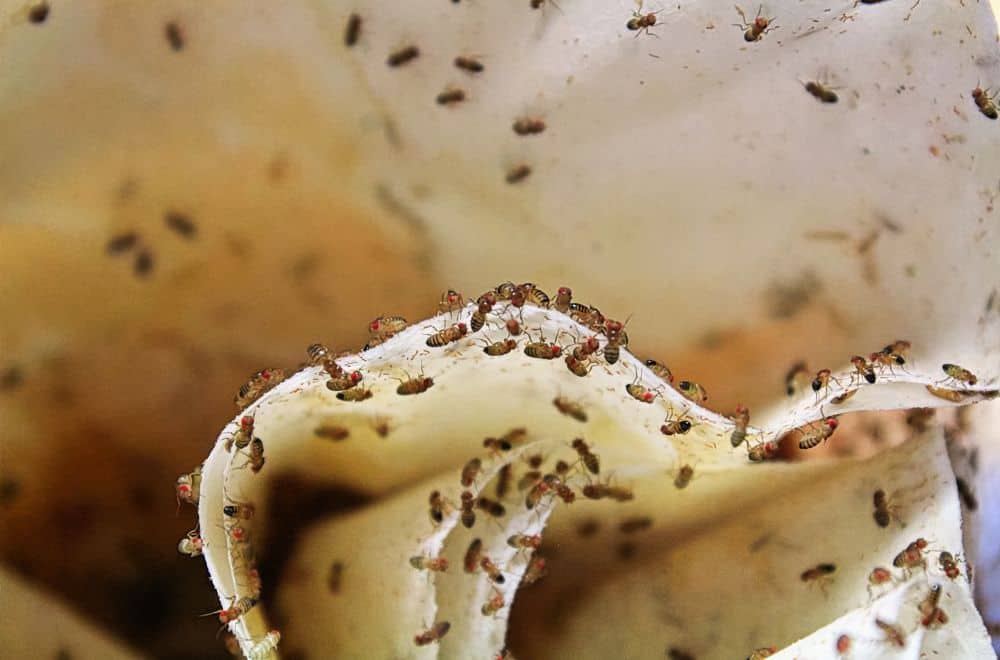
Fruit flies are tiny flies that lay their eggs in overripe fruit, and you may notice them buzzing around if you leave fruit out and unprotected.
If you get rid of the fruit and keep the area clean, these bugs will quickly disappear.
13. Drain flies
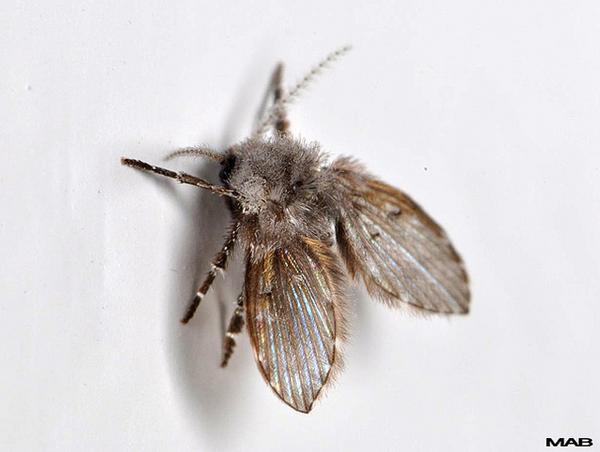
Image Credit: content.ces.ncsu
Drain flies look like tiny moths and are mostly encountered in bathrooms. This is because they lay their eggs in rotting organic matter, which may be present in your drain if there’s a partial blockage.
Keeping the drain hole free of scum, crud and hair will help, but their presence may also indicate that a blockage is forming further down your drain.
14. Gnats
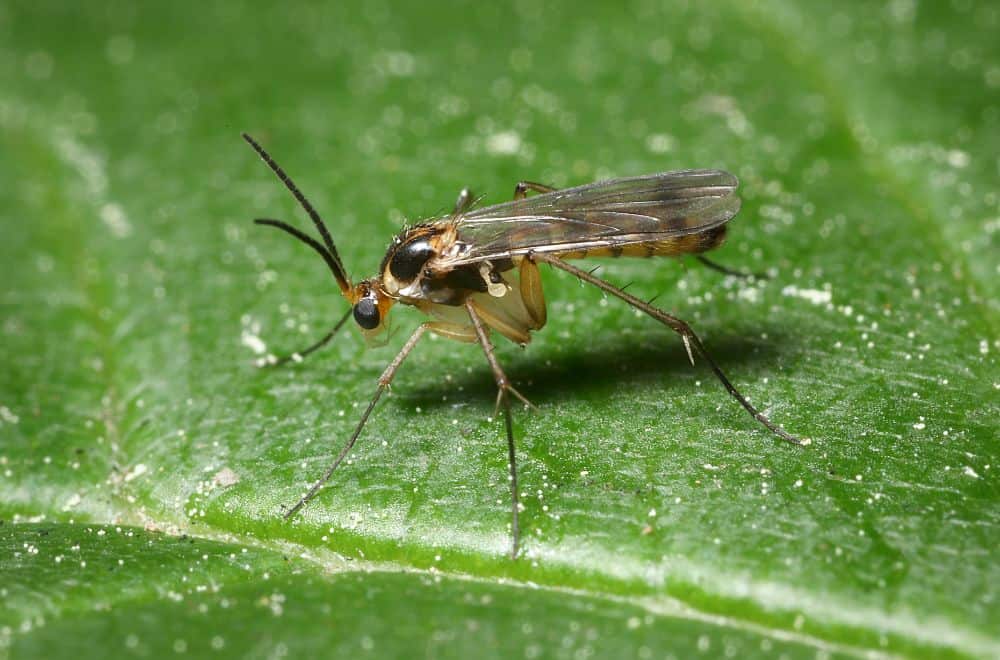
“Gnat” is a general word for a whole range of tiny flies, and one you may often come across indoors is the fungus gnat.
They like to lay their eggs in overwatered houseplants, and the larvae and adults then feed on any mold that develops there.
Keeping your plants properly drained will help prevent these bugs from appearing.
15. Mosquitoes
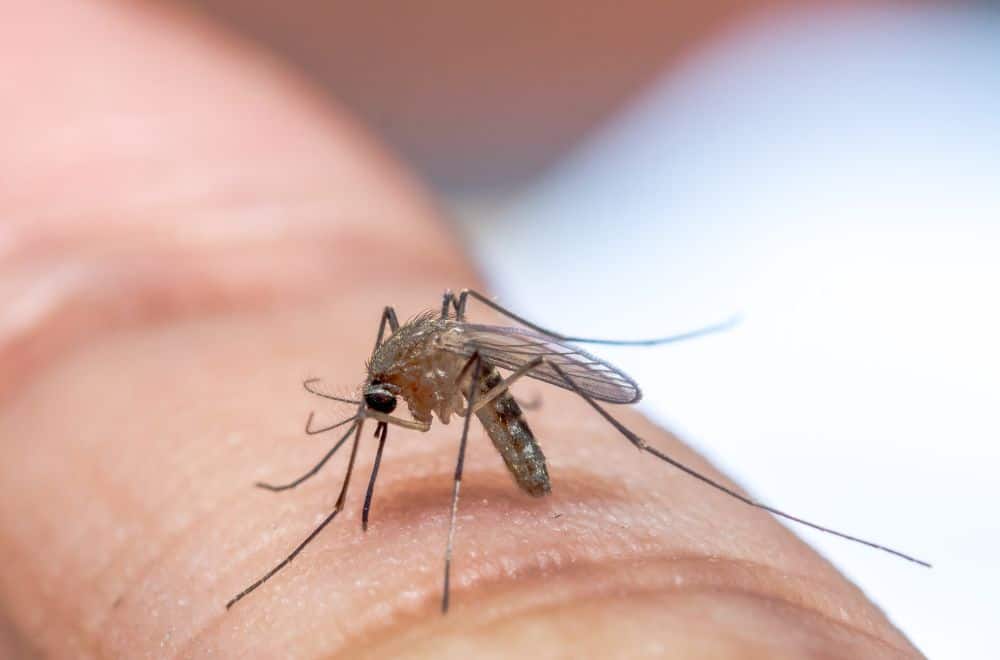
Mosquitoes are another bug that is likely to be familiar to almost everyone.
Some mosquitoes that are present in Texas but that are not necessarily native species can carry diseases such as West Nile virus, zika virus, and eastern equine encephalitis, so you should take care not to be bitten, especially at dawn and dusk when they feed.
Mosquitoes need standing water to breed, so making sure there is none near your home will reduce the problem.
16. Crickets
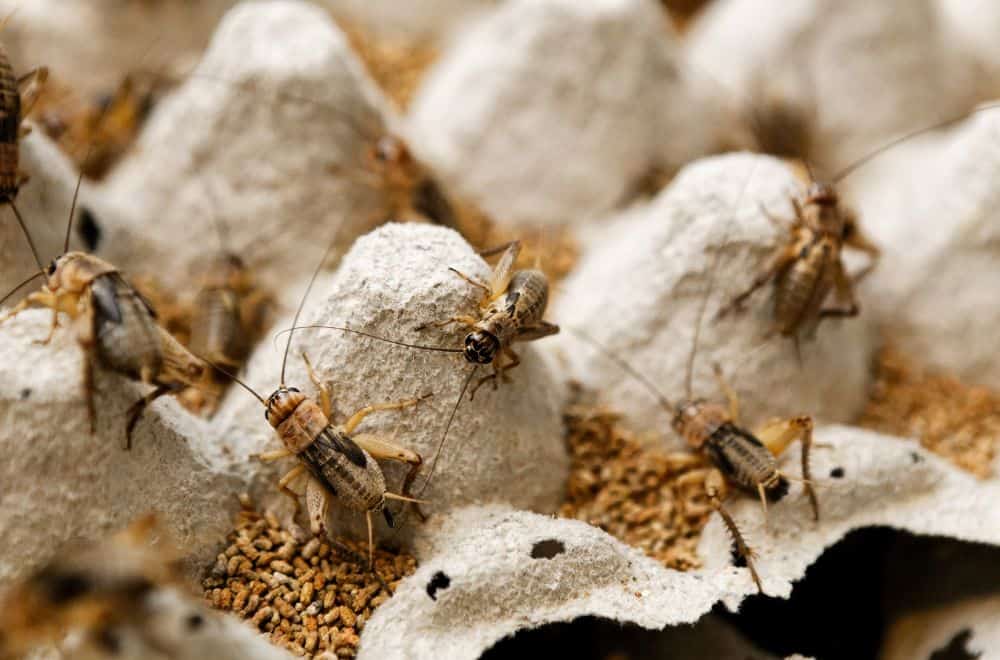
Crickets are jumping insects that sometimes enter our homes in search of food and warmth.
They are largely harmless, and some people even keep them as pets. However, they can be annoying pests at night when they stridulate – or “chirp” – by rubbing their legs together to attract a mate.
Lots of bugs – but not too many dangerous ones
As we’ve seen, there’s no shortage of creepy crawlies in Texas that can be found in our homes. However, the good news is, with one or two exceptions, most of them are not dangerous, and most of them are considered annoying pests rather than anything to worry about.
